Clipart tagged: ‘acropolis’
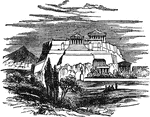
Acropolis
"Acropolis, 'the highest point of the city.' Many of the important cities of Greece and Asia Minor were…

The Acropolis of Athens - Restoration of the Propylaea
Illustration of the Acropolis restored to what it may have looked like when originally completed. The…

The Acropolis
An image of the Acropolis, as it was, seated in Athens, Greece. The Acropolis is an ancient, famed citadel…

Greek Akroter
This Greek akroter is painted in Acropolis, Athens. It serves as the ornamental finish to the apex of…

Greek Antefix
This Greek antefix is found in the propylaea which is the entrance to the Acropolis of Athens. This…

Erechtheum
"The 'house of Erechtheus'; a temple of Ionic order on the Acropolis of Athens, noted as one of the…
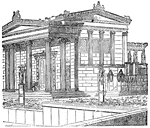
Erechtheum restored
"The building of the new Erechtheum was not commenced till the Parthenon and Propylea were finished,…
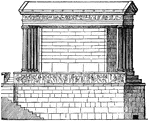
Temple of Nike Apteros
"The first public monuments that arose after the Persian wars were erected under the auspices of Cimon,…

Parthenon
"The Parthenon is a celebrated temple at Athens, consecrated to Athena or Minerva, the protectress of…

Parthenon restored
"The Parthenon stood on this highest part of the Acropolis, near its centre, and probably occupied the…

Greek Rowers
Rower in an Athenian warship, about 400 B.C. (fragment of relief found on the Acropolis).
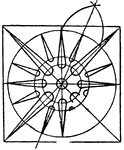
Greek Square Panel
The Greek square panel is found on the coffer of the Propylaea ceiling, the entrance to the Acropolis…
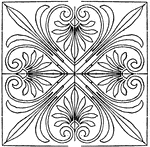
Greek Square Panel
The Greek square panel is found on the coffer of the Propylaea ceiling, the entrance to the Acropolis…
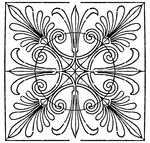
Greek Square Panel
The Greek square panel is found on the coffer of the Propylaea ceiling, the entrance to the Acropolis…
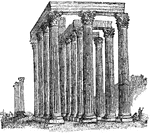
Temple of the Olympian Zeus
"Athens is said to have derrived its name from the prominence given to its worship of Athena by its…



